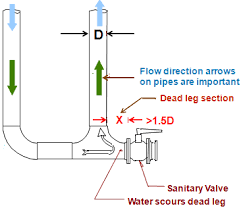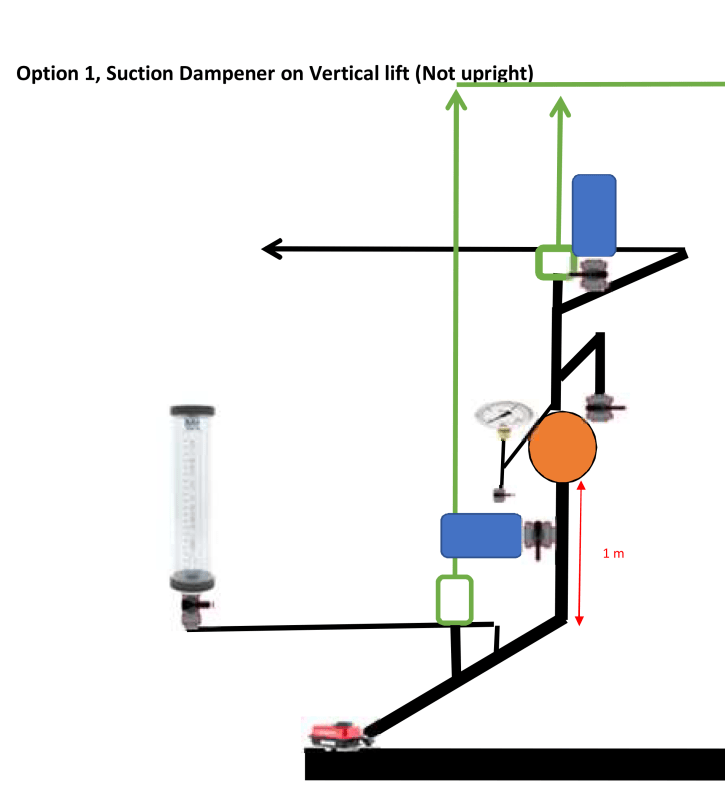bmw318be
Mechanical
- Jun 16, 2010
- 197
Hi i read about sentry pulsation dampener and inlet stabilizer.
I would like to know if the suction and discharge dampener can be installed in this configuration.
Quote
LOCATION: Location is important because of wave frequency and fluid dynamics. Location directly effects dampened
performance. The pulsation dampener should be installed as close as possible to the pump discharge and no further away than 10 pipe diameters. Installation should be on a tee in the fluid flow path. Do not install the
dampener on a branch or riser. The farther away the dampener inlet is from the pump discharge, the less effective the unit will be.
A dampener installed on a riser or dead-end leg of pipe can actually increase pulsation. A pulse traveling towarc the dampener has another pulse directly behind it. When the first pulse is reversed after contact with the dampener, it crashes into the next pulse disrupting the entire wave sequence. This action can change the system fluid harmonics, which may lead to increased pulsation.
(End)
What is the riser or dead end referring ?
4 Types of Installations

I would like to know if the suction and discharge dampener can be installed in this configuration.
Quote
LOCATION: Location is important because of wave frequency and fluid dynamics. Location directly effects dampened
performance. The pulsation dampener should be installed as close as possible to the pump discharge and no further away than 10 pipe diameters. Installation should be on a tee in the fluid flow path. Do not install the
dampener on a branch or riser. The farther away the dampener inlet is from the pump discharge, the less effective the unit will be.
A dampener installed on a riser or dead-end leg of pipe can actually increase pulsation. A pulse traveling towarc the dampener has another pulse directly behind it. When the first pulse is reversed after contact with the dampener, it crashes into the next pulse disrupting the entire wave sequence. This action can change the system fluid harmonics, which may lead to increased pulsation.
(End)
What is the riser or dead end referring ?
4 Types of Installations



